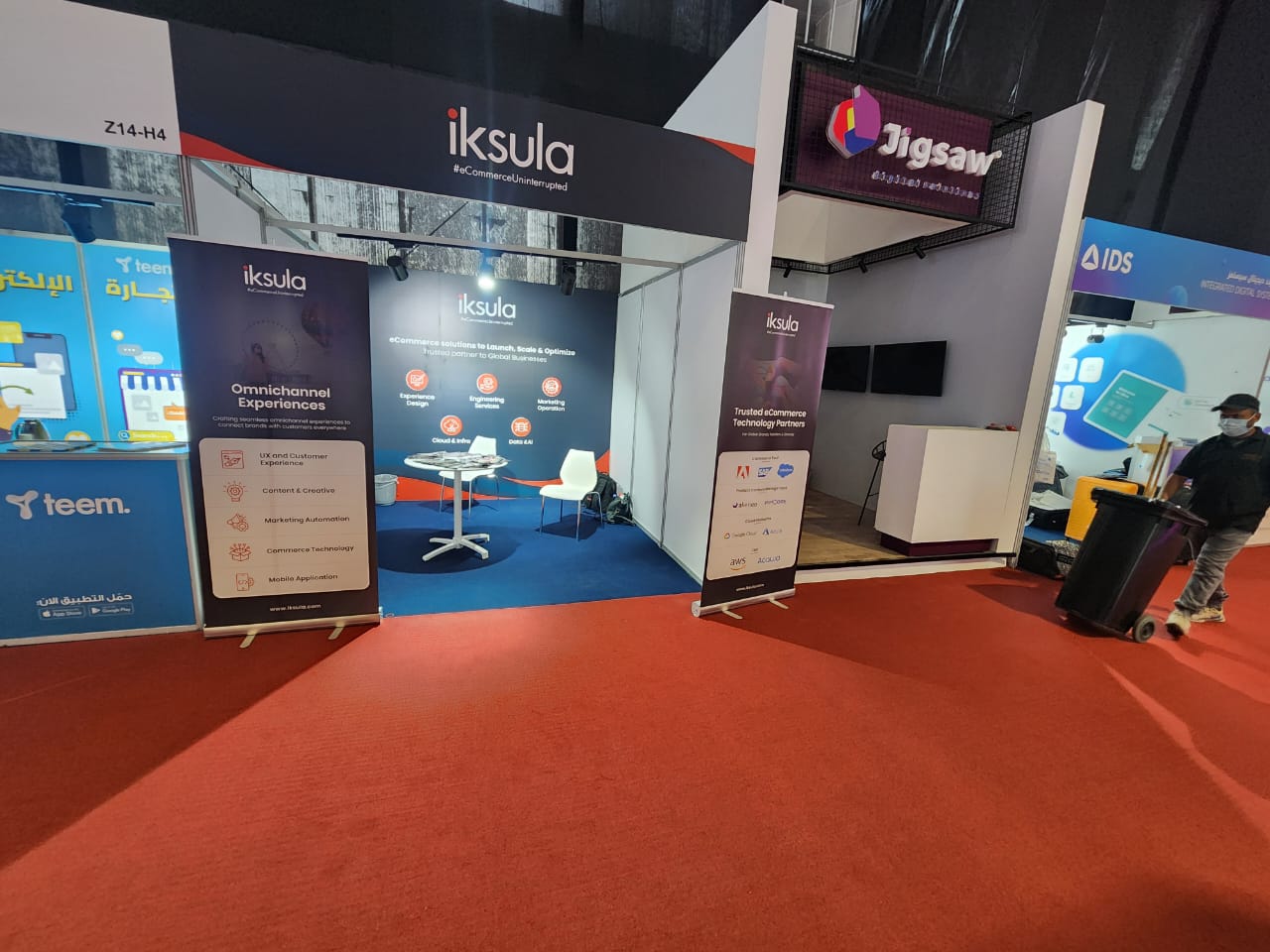A lot of CXOs in big corporations consider Drupal to be just another Content Management System. Which being true, is a very limited view into Drupal’s capabilities. Drupal is not just a CMS, it is a platform/Framework which can help companies build a lot of different types of applications and products and not just simple corporate websites. Below, I will list down 11 reasons why Drupal Content Management System can become the Go To platform for almost all needs of any enterprise.
Top 11 reasons why Drupal is best for Enterprise:
1. Integrates with your typical Enterprise IT Stack
The Drupal core is built in such a way that it can connect to any and all external systems via APIs. Drupal platform itself has over 15,000 APIs and pre-built modules to integrate with a lot of the commonly used ERP & CRM systems, Payment Gateways, Marketing tools, mobile applications, etc. It supports REST APIs along with supporting communication between two systems using JSON and XML as well among others.
2. DevOps
All big web and mobile applications now-a-days need at least three different environments – Development Server, Staging (Testing) Server, and Production Server. Managing all these servers together can be challenging, but Drupal inherently supports such a configuration for all its projects. Add to that the support for GIT and GITHUB, managing the codebase and the various servers has become very easy when working with Drupal. This helps when a lot of developers are collaborating on a single project. Drupal installation can also work on a virtual host, thus making the provisioning of new machines easy and cheap.
3. Audit and Compliance
All big corporations need to maintain a log of all the transactions that occur in their systems for audit and compliance purposes. This not only helps the corporation be compliant with the various laws, but also safeguards them from future litigations. Drupal by default maintains an activity log of each interaction whether read or write. Applications built with Drupal can easily differentiate between anonymous and logged in users, and also restrict access to certain features or content based on the user roles and permissions. The application can also track IP addresses of users using the Drupal application and also restrict access based on that.
4. Security
For any enterprise, security of its data is of utmost importance. There can never be a compromise on that and Drupal being Open Source, many enterprises feel that it may be lacking in the security aspect compared to the other proprietary platforms. Even NSA gets hacked, so there is no guarantee that any system will be fully secure.
But the official White House website is in Drupal, which shows that Drupal provides enterprise grade security to the applications. And, if at all there is a security threat, with the 1 Million+ developer community, developing a fix will hardly take any time. Drupal follows all the standard security protocols and tries to eliminate any possible security threat.
5. Multi-channel application development:
In current day and age users are using all possible mediums to access the information they need. And similarly, even enterprises are build applications for all possible channels to attract more users like Web, Mobile, Cloud, IVR / Interactive Voice Recognition, IoT, etc. Drupal allows enterprises to build a single back-end that will support a multi-channel application, thus saving cost and effort. We can even build an Integrated dashboard to manage such multi-channel deployments using Drupal.
6. Performance
Performance of applications can be divided into Front-end and Back-end. Drupal has a themeing engine which is part of the core and provides a great performance when all the standards are followed. It also supports deploying caching and CDNs to further enhance the performance of the application. For the back-end, Drupal optimizes the middle and the data tiers in the usual manner that provides the best performance. In addition it also supports NoSQL data architecture when needed for better performance.
7. Scalability
Drupal is as scalable as any other platform for enterprise if not more. Its usage by the NBA which has a very large user base and large enterprises like Pfizer which has hundreds of websites running on Drupal in a multi-domain architecture, are testimony to this fact. Drupal can exploit multi-core architectures for the middle and data tiers and also compute queries in parallel, if needed. This helps in both scaling up or scaling out the application.
8. Distributed Architecture and Fault tolerance
Enterprises usually have a presence in multiple countries and thus need to cater to a wider audience. Drupal allows enterprises to manage multiple sites and/or domains with a single Drupal server instance which makes life a lot easier for the enterprises. Sites or applications can share a single database or maintain their separate database based on the requirement. Drupal will support all the different permutations and combinations of the architecture configurations including the Master-slave configurations when needed.
9. SaaS Product Platform:
Enterprises are using Drupal to even build SaaS based Product Platforms since Drupal’s out-of-the-box capabilities reduce time to market. Enterprises can develop the products in phases and keep on adding features in a planned on-going way and do not have to wait to go live with their products. Given support for DevOps, it is efficient to develop with Drupal. Performance, scalability and extensibility mean the platform will grow with your needs. And with over 15,000 APIs, you can integrate Drupal with any platform with APIs.
10. Drupal as an App Server:
Drupal can be used where one might normally use JBoss, IBM WebSphere, Oracle WebLogic, as an application server since it provides a framework and middleware that can host a web application. Drupal supports deploying an application in a traditional 3-tier architecture with the usual benefits like upgrading only 1 tier out of the 3, parallel development of the 3 tiers are there is a clear separation, ability to scale the application and ease of maintenance. Drupal will integrate with systems typical in your IT Stack to deliver right information on demand.
11. Product Lifecycle Management
Since Drupal platform is extensible, it can have a 5-10 year lifecycle, or longer. Upgrades in Drupal are no different than what you would experience with SAP or Oracle:
i. Minor upgrades will be straightforward and can be automated.
ii. Major upgrades will need some planning.
Migrating/Exporting content and data to or from Drupal Content Management System is a straightforward exercise, thus allowing enterprises to move from their current systems to Drupal.
Some of the marquee Drupal implementations worldwide are listed below that addresses flexibility, scalability and security:
- Large Hi-tech companies like GE, Pinterest
- Entertainment companies like Grammy, NBC
- Retail companies like Whole foods, Royal Mail, Puma
- Sports websites like NBA, Rio Olympics 2016
- Famous Life Science companies like Pfizer, Johnson & Johnson
- Renowned NGOs like World Economic Forum, Rotary International
- Government organizations like The White House, City of Boston, NASA
- World class educational institutes like Harvard, Stanford
- 50% of top Financial Services companies like HDFC Life, Aegon Religare, Thomson Reuters etc. use Drupal
With the features and benefits mentioned above in addition to the obvious Cost benefits of using an Open Source platform as compared to a proprietary platform, Drupal makes a compelling case as an Enterprise grade platform.








































